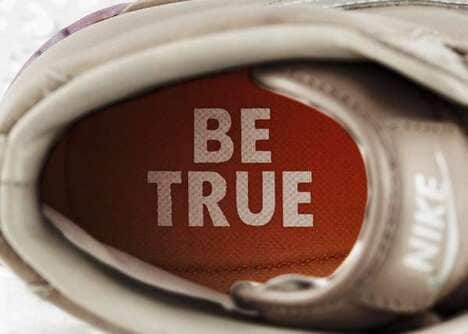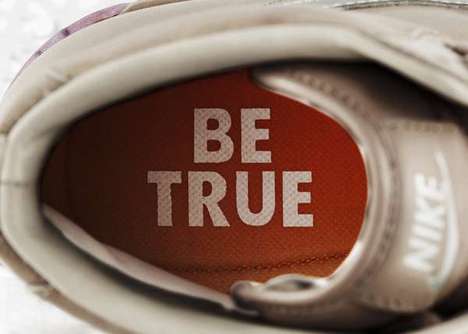Why Companies Should Focus on Cultural Branding Now More Than Ever
Related Trend Reports
Activism, Celebs, Commercials, Fashion, Health, Life, Marketing, Pop Culture, Romance, Social Good, Social Media Cultural branding involves marketing with a specific lifestyle in mind. With the millennial generation not easily convinced by traditional branding methods, companies must be quick to keep up. These consumers respond to lifestyle suggestions more than simply a product. As MillenialMarketing.com so aptly puts it, "They care just as much about what a brand stands for and how it lives its values as what it does to help them."
Cultural branding involves marketing with a specific lifestyle in mind. With the millennial generation not easily convinced by traditional branding methods, companies must be quick to keep up. These consumers respond to lifestyle suggestions more than simply a product. As MillenialMarketing.com so aptly puts it, "They care just as much about what a brand stands for and how it lives its values as what it does to help them." How can companies reinvent their marketing campaigns based on cultural branding? The best way to approach this question is to examine certain businesses that are already using this form of advertising. Red Bull is one company that defines branding with lifestyle choices, as its recent sponsorship of the record-breaking skydive done by Felix Baumgartner exemplifies. The company could simply focus on its product, and how with one can of Red Bull you are able to stay awake for hours, but these details are an afterthought. The company instead brands with the association of living life to the extreme, and is all about the potential experiences one can achieve. With this type of branding, drinking Red Bull not only results in extreme alertness, but also opens the doors to amazing possibilities.
Nike also maintains its relevancy with capitalizing on its support of Gay rights. Although Nike's branding method does not revolve around this lifestyle choice, it offers products and campaigns that support this movement, continually keeping its foot in the door of relevant cultural events. The company came out with a pride pack collection for the annual pride parade in 2012, supporting this lifestyle choice and also strategically associating its brand with a popular yearly happening to celebrate the LGBT community. This cultural branding allows the company to stay relevant and appeal to certain values.
Trend Hunter's Branding Trend Report offers more examples of cultural branding, and gives ideas for how businesses can use this form of advertising. Although the details of a product and how well it works still remain relevant, a brand's values and what it stands for can have a significant impact on whether or not consumers decide to purchase a certain item.
References: trendhunter, trendreports


